12 Lower Carb Pasta Replacements for Diabetics
Diabetic pasta substitute options have revolutionized mealtime for those managing blood sugar levels.
These clever alternatives maintain the satisfaction of traditional pasta dishes while keeping glycemic impact low.
Many health-conscious people now embrace these innovative options as part of their regular eating habits.
The texture and taste profiles have improved dramatically over recent years, making the switch almost unnoticeable in favorite recipes.
Some plant-based versions offer additional fiber and nutrients compared to conventional wheat pasta.
Medical professionals often recommend these substitutes as part of a balanced approach to diabetes management.
You can enjoy classic comfort foods without worrying about dangerous blood sugar spikes - just wait until you see all the delicious possibilities waiting in the next sections.
Why Pasta Alternatives Matter for Diabetes Management
Choosing pasta alternatives is important for people managing diabetes because traditional pasta can raise blood sugar quickly, but there are plenty of tasty swaps that help keep levels more steady:
Simple & Healthy Pasta Substitutes
Pasta no longer part of the plan can be replaced by a base that plays the same part in the dish. Cooking pace remains steady from start to finish.
Whole Wheat Pasta
Substituting whole wheat pasta for white pasta provides major health benefits without sacrificing taste.
Most people can't even tell the difference when both types are cooked al dente, as they share remarkably similar flavors.
The key advantage lies in fiber content - a single serving of whole wheat pasta packs triple the fiber compared to regular pasta.
This extra fiber works wonders for blood sugar management by slowing digestion and preventing rapid spikes.
Whole wheat options now come in virtually every pasta shape, from spaghetti to lasagna, making the switch easier than ever for health-conscious home cooks.
Fortified Pasta
Fortified pasta offers a healthier alternative to traditional white pasta by adding egg whites, lentils, and other protein sources to the flour blend.
People with diabetes can benefit greatly from its higher protein and fiber content, which helps control blood sugar levels while providing the same number of calories as regular pasta.
The nutritional value is significantly enhanced with additions like barley and oats for fiber, and flaxseed for omega-3 fatty acids, making it excellent for hunger control and overall health.
This pasta contains valuable nutrients such as manganese, selenium, and fiber, while maintaining a taste remarkably similar to traditional pasta so you can enjoy your favorite dishes without feeling like you're compromising.
Spaghetti Squash
Spaghetti squash serves as a popular pasta alternative with its mild, slightly sweet flavor that pairs perfectly with tomato sauces.
When cooked, the squash naturally separates into spaghetti-like strands, making it an ideal base for traditional pasta dishes while offering fewer carbs and more nutrients.
For people watching their carbohydrate intake, this vegetable provides excellent value since 1½ cups of cooked squash contains the same carbs as just ⅓ cup of regular pasta.
The calorie difference is even more impressive, with spaghetti squash containing 72 percent fewer calories per serving compared to white pasta.
Shirataki Noodles
Shirataki noodles, often called "miracle noodles" in Japan, offer an impressive alternative to traditional pasta with their distinctive white-translucent appearance when cooked.
These remarkable noodles contain glucomannan, a special type of fiber that helps control calories, manage weight, and reduce hunger while strengthening your immune system.
Research confirms that the glucomannan in shirataki effectively lowers blood sugar levels and helps regulate insulin production, making them an ideal pasta choice for people with diabetes.
Many health-conscious eaters appreciate how these noodles blend wonderfully with different sauces and condiments, creating satisfying meals without the usual carbohydrate concerns.
Kelp Pasta
Seaweed pasta offers seafood lovers a fantastic alternative made from washed and dried kelp leaves with a robust ocean flavor that shines in broths and stews.
This nutritional powerhouse packs vitamin C, vitamin K, calcium, folates, and iron, making it an excellent addition to health-conscious meals.
Kelp noodles have shown promise for supporting thyroid function and weight management in several research studies, giving them an edge over traditional pasta options.
The low fiber content in these noodles might cause some digestive discomfort like bloating for certain people.
Pairing them with fiber-rich foods creates a more balanced meal that maximizes their benefits while minimizing potential drawbacks.
Veggie Spirals And Ribbons
Substituting vegetables for pasta is a fantastic way to slash carbs while still enjoying your favorite saucy dishes.
Zucchini, yellow summer squash, carrots, eggplant, peppers, and cabbage can all be transformed into delicious spirals or ribbons using just a simple vegetable peeler.
These veggie alternatives need only a quick steam until they reach that perfect pasta-like texture and taste that pairs beautifully with your favorite sauces.
The nutritional difference is remarkable - only 15 grams of carbohydrates per 1½ cup serving compared to regular pasta's much higher count.
Ancient Whole Grains
Substituting ancient whole grains for pasta offers substantial flavor with added nutrients, making them an excellent choice for health-conscious meals.
Quinoa has become widely popular, while farro and sorghum remain less familiar to many Americans despite their impressive nutritional profiles of fiber, protein, vitamins, and minerals.
For enhanced taste, try cooking these grains in chicken, beef, or vegetable stock instead of plain water.
These versatile ingredients pair beautifully with fish or chicken as side dishes, or can be topped with vegetables, sauce, and proteins like egg or tofu for a complete meal.
Sprouts
Sprouts offer a nutrient-packed swap for pasta that can greatly benefit diabetic health by potentially regulating amylase, the enzyme that helps digest carbs.
Many people enjoy raw sprouts in sauces, salads, and baked dishes despite their texture differing from white pasta.
The high fiber content in sprouts makes them an excellent choice for blood sugar management while delivering a wealth of essential nutrients.
Making your own sprouts at home is surprisingly simple with options like black-eyed peas, soy, and green mung beans readily available.
These affordable alternatives not only support better health but also add variety to meals without breaking the bank.
Vegetables(Zucchini, Carrots, Turnips, Beets, And Cucumbers)
Spiralized veggies provide an excellent pasta alternative for diabetic diets, helping people prevent chronic diseases, lose weight, and regulate insulin production.
Making vegetable noodles is simple – just use a spiralizer or even a regular peeler to create long, thin strips that work perfectly in your favorite dishes.
The best results come from combining different low-carb vegetables like turnips, parsnips, celeriac, carrots, cucumbers, and beetroot, which taste amazing even when served raw.
These colorful substitutions add both nutrients and visual appeal to meals without sacrificing flavor or satisfaction.
Pure Buckwheat Soba Noodles
Buckwheat soba noodles serve as an excellent pasta alternative for diabetics due to their low glycemic index and high fiber content.
These Japanese noodles contain just 50 calories per ounce, roughly half the amount found in regular white pasta, making them a smart choice for blood sugar management.
Pure buckwheat versions offer the most health benefits, so it's worth checking labels carefully when shopping.
Some manufacturers mix white flour into their soba products, which can reduce the nutritional advantages for those monitoring glucose levels.
The authentic varieties provide a nutty flavor profile that pairs wonderfully with both hot and cold dishes while supporting balanced eating.
Eggplant Lasagna
Substituting eggplant for lasagna sheets offers diabetics a healthy pasta alternative with significantly fewer carbohydrates - just 9 grams per 3.5 ounces compared to pasta's higher content.
This versatile vegetable, technically a berry native to India, packs impressive nutritional benefits including fiber, vitamin K, thiamine, and manganese while remaining affordable and widely available in stores.
For the best results, thinly slice your eggplant lengthwise, then either briefly boil the slices in saltwater or coat them with oil and roast until tender and brown.
Cabbage Noodles
Cabbage stands out as an excellent substitute for white spaghetti, offering a remarkably low carbohydrate content of just 6 grams per 3.5 ounces compared to traditional pasta.
Many people don't realize this humble vegetable provides 54 percent of daily vitamin C and an impressive 85 percent of vitamin K requirements in a single serving.
The natural ridges in cabbage leaves actually work perfectly for holding sauces and dressings, similar to how pasta functions in traditional dishes.
Raw cabbage brings a satisfying texture and mild flavor that adapts well to various recipes, while its high fiber content helps regulate blood sugar by slowing digestion.
How Pasta Swaps Affect Flavor, Texture, and Cooking Time
Switching out regular pasta for alternatives can change how your meal tastes, feels, and even how long it takes to cook, but it opens up lots of new options and flavors:
Flavor Changes
Bean or lentil pastas have a mild earthy taste, zucchini noodles are fresh and slightly sweet, and whole wheat pasta offers a nutty flavor, choose what matches your dish best.
Texture Differences
Regular pasta is chewy and smooth; veggie spirals are tender and crisp, bean-based pasta is firmer and sometimes a little grainy, which can be a fun change.
Cooking Time
Pasta alternatives cook differently: veggie noodles need just a quick sauté or blanch, bean/lentil pastas cook faster, and whole wheat may take a bit longer, always check the package.
Absorbing Sauces
Veggie noodles and some swaps don’t soak up sauces like wheat pasta, so use a thicker sauce or toss them well before serving.
Serving Suggestions
Try bolder sauces, fresh herbs, or roasted veggies to complement the unique flavors and textures of your chosen pasta alternative.
Watch for Overcooking
Many swaps, especially vegetable-based, go mushy if cooked too long, keep an eye on them and taste for the best bite.
Diabetes-Friendly Pasta Swaps: Your Questions Answered
1. Will these alternatives affect the taste or texture of my meal?
Yes, each swap has its own flavor and texture. Zucchini noodles are fresh and light, while chickpea and lentil pastas are firmer and have a nuttier taste.
2. Can I find diabetes-friendly pasta alternatives in stores?
Yes, most supermarkets carry whole wheat, lentil, chickpea, and shirataki noodles in the pasta or health food section.
3. Are gluten-free pasta options good for diabetes?
Gluten-free pastas made from lentils, chickpeas, or vegetables are usually lower in carbs and higher in fiber, making them a good choice.
4. How do I cook pasta swaps compared to regular pasta?
Vegetable noodles cook quickly with light sautéing, while lentil and chickpea pastas can be boiled like traditional pasta, usually in less time.
5. Can I make pasta swaps at home?
Yes, use a spiralizer for zucchini or other veggies, or bake and shred spaghetti squash for easy homemade pasta alternatives.

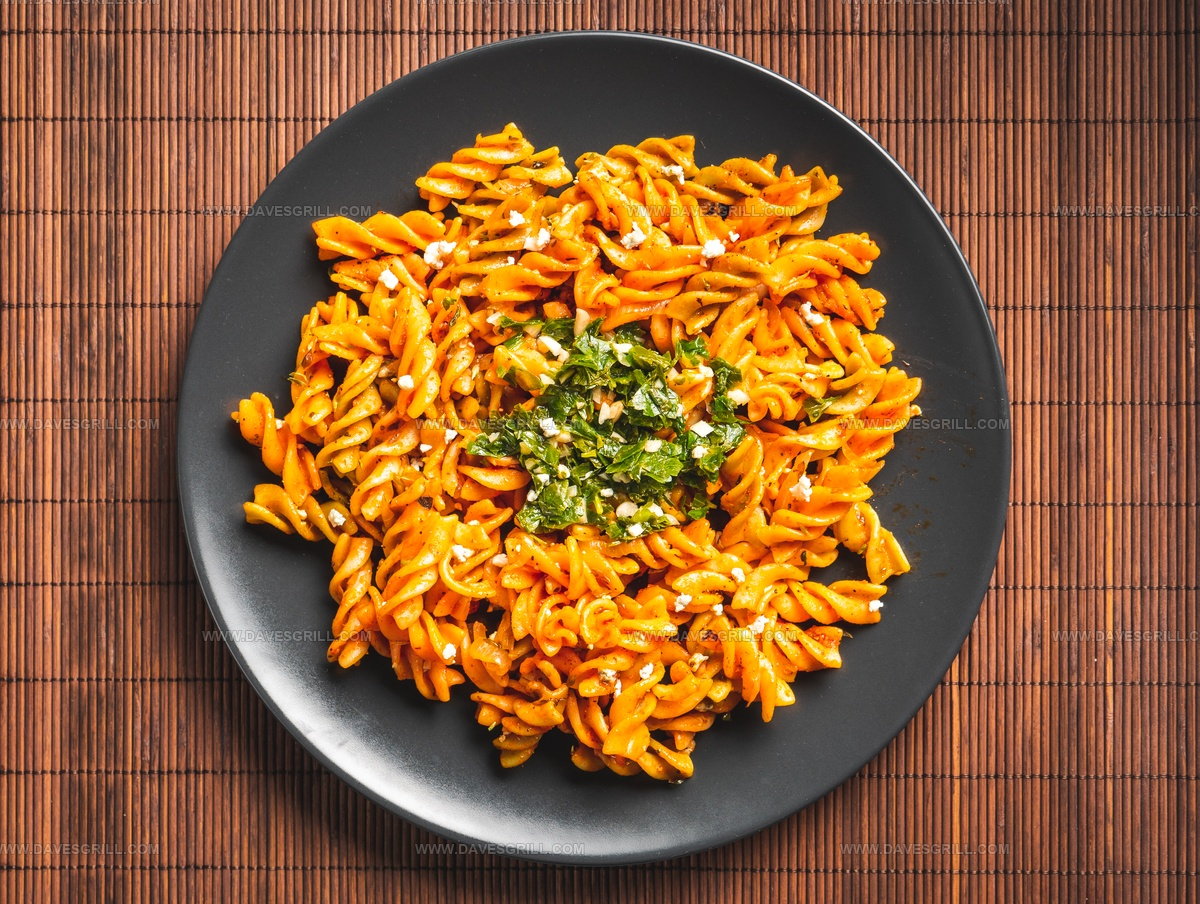
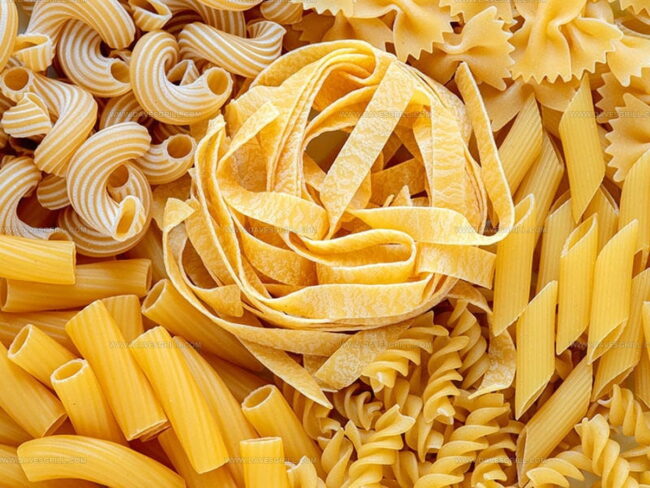
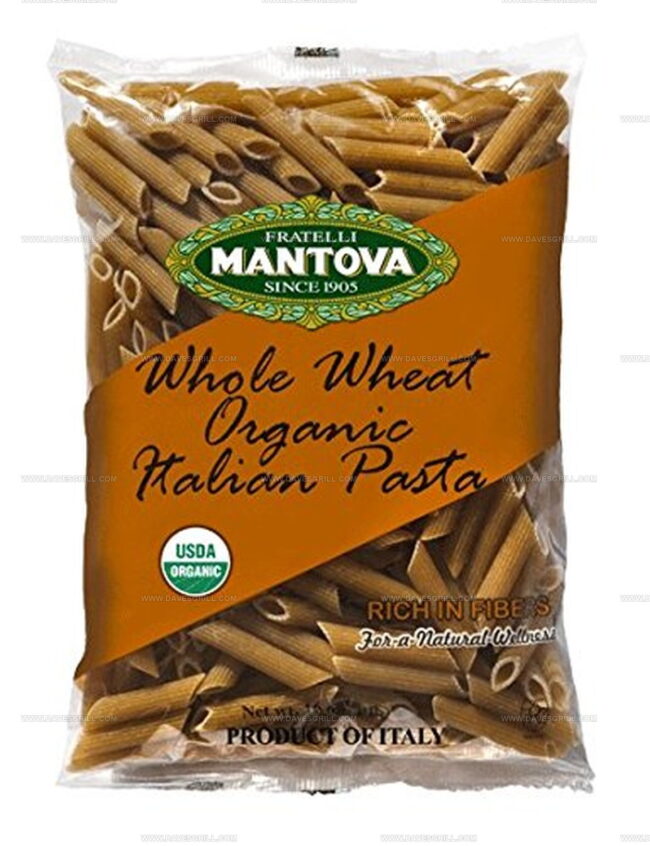
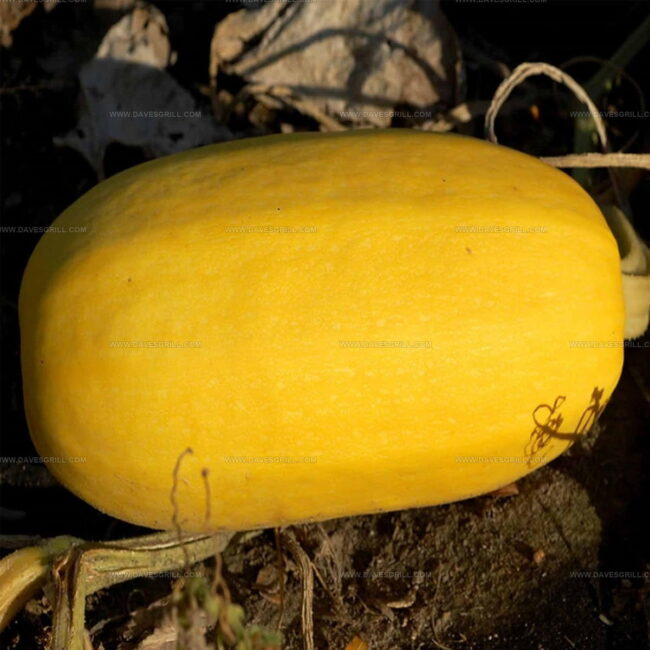
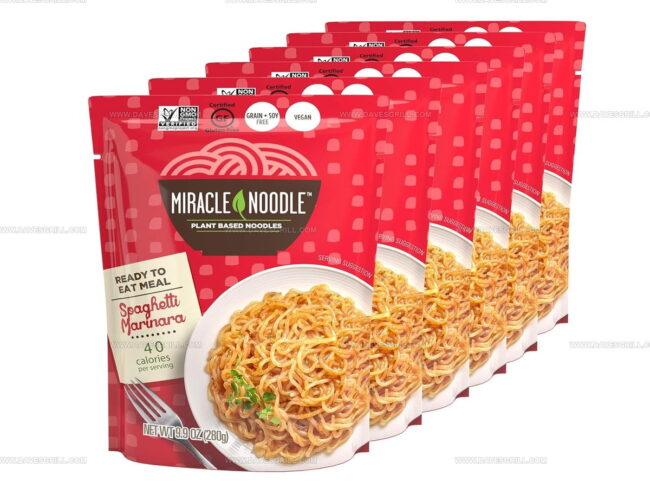
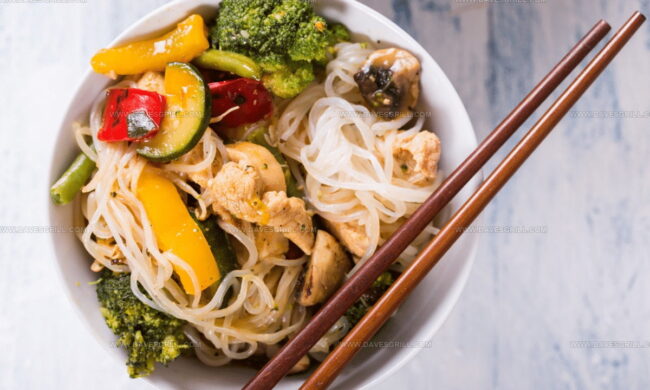
Dave Mitchell
Founder & Chief Recipe Developer
Expertise
Education
Asheville-Buncombe Technical Community College
Associate of Applied Science in Culinary Arts
Focus: Comprehensive training in culinary techniques, kitchen management, and menu planning, with a special emphasis on grilling and outdoor cooking.
Dave Mitchell is the heart behind Daves Grill, a cook, writer, and lover of all things grilled. He studied Culinary Arts at Asheville-Buncombe Technical Community College and spent years cooking, testing, and sharing recipes that actually work.
Dave started Daves Grill to keep things simple: one great recipe at a time. His food is bold, easy to follow, and made for real people with regular kitchens. From juicy steaks to quick sides, Dave’s recipes bring the heat without the hassle.